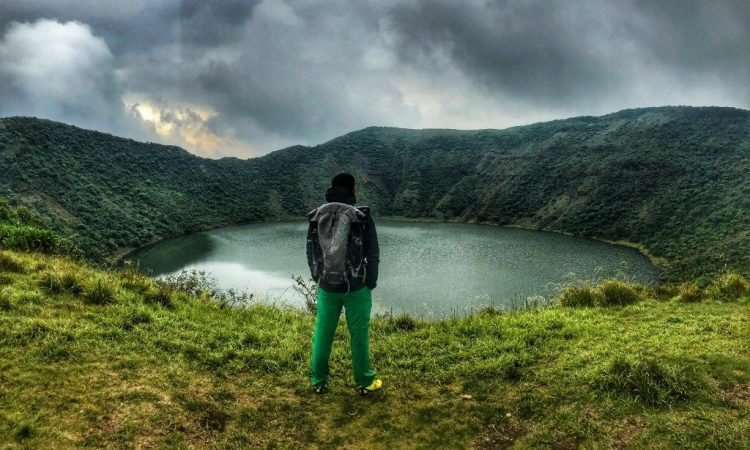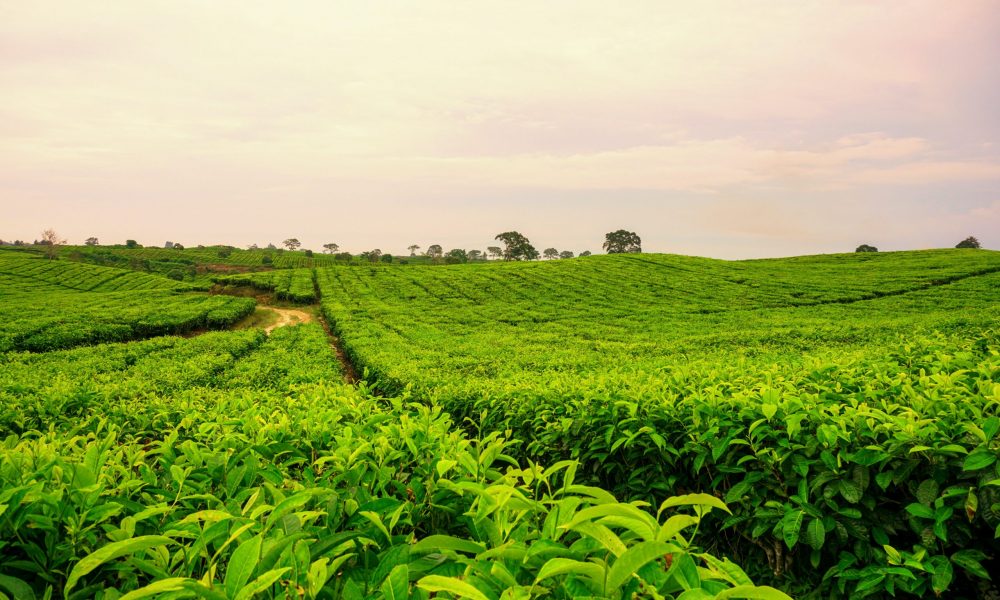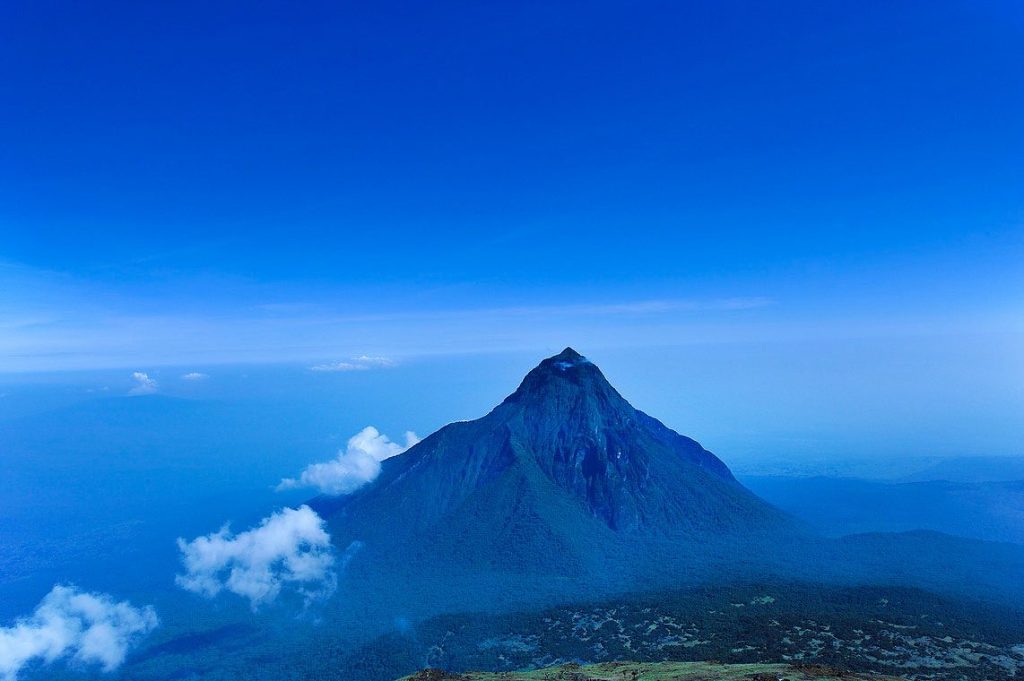Snuggled within the Virunga Mountains of Rwanda, Kasirimbi Volcano is an enigmatic geological wonder, adding to the dynamic forces shaping the Earth’s crust.
Kasirimbi is a distinguished member of the Virunga volcanic range, an outcome of the ongoing tectonic dance along the East African Rift. This continental plate boundary, gradually pulling apart, has crafted a unique geological landscape. Kasirimbi, born from successive eruptions depositing layers of lava, ash, and volcanic debris, represents a snapshot of Earth’s evolving canvas.
The geological makeup of Kasirimbi is marked by basaltic lava flows, contributing to its distinctive appearance. These layers, accumulated over time, have fashioned a peak reaching 4,507 meters above sea level. Its conical silhouette, characteristic of stratovolcanoes, mirrors the millennia-old stratification of lava, ash, and rocks.

Adding to Kasirimbi’s intrigue is its caldera—a colossal, crater-like depression crowning the volcano. Calderas, formed by the collapse following significant eruptions, provide scientists with a geological diary, detailing the volcano’s history and eruptive patterns. This feature elevates Kasirimbi’s geological complexity, making it a focal point for scientific exploration.
Fertile Grounds and Agricultural Legacy

Surrounding Kasirimbi, volcanic soils, rich in minerals, have nurtured agriculture for generations. Local communities, leveraging the fertility of these soils, have cultivated crops on the volcano’s slopes. This mineral-rich ground contributes to the lush vegetation adorning Kasirimbi’s lower reaches, crafting a distinct ecosystem within the volcanic embrace.
While Kasirimbi’s volcanic activity enriches the soil, it also poses environmental challenges. Infrequent eruptions can displace communities and reshape ecosystems. Ongoing research and monitoring strive to comprehend potential risks, fostering strategies to mitigate volcanic impact on both the environment and local communities.

Kasirimbi’s geological allure hasn’t escaped the tourism industry’s notice. Guided hikes to its summit allow enthusiasts a close encounter with its features. Tourism, a revenue source, also plays a pivotal role in funding conservation endeavors in the Virunga region. Striking a balance between exploration and preservation is crucial to safeguarding the longevity of this geological marvel.
Kasirimbi Volcano, with its stratovolcanic majesty, caldera intrigue, and agricultural significance, is a geological symphony, inviting both locals and visitors to appreciate the intricate beauty concealed beneath its surface. As scientists delve deeper into its secrets, Kasirimbi continues to be an integral part of Rwanda’s diverse landscape—a testament to the Earth’s enduring dynamism.





